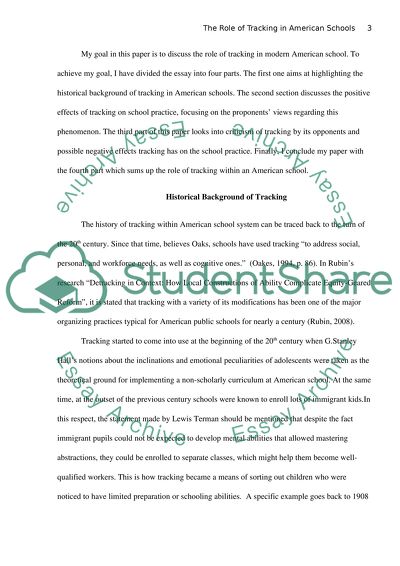Cite this document
(“The Role of Tracking in American Schools Essay Example | Topics and Well Written Essays - 2000 words”, n.d.)
The Role of Tracking in American Schools Essay Example | Topics and Well Written Essays - 2000 words. Retrieved from https://studentshare.org/education/1440283-urban-education-policy
The Role of Tracking in American Schools Essay Example | Topics and Well Written Essays - 2000 words. Retrieved from https://studentshare.org/education/1440283-urban-education-policy
(The Role of Tracking in American Schools Essay Example | Topics and Well Written Essays - 2000 Words)
The Role of Tracking in American Schools Essay Example | Topics and Well Written Essays - 2000 Words. https://studentshare.org/education/1440283-urban-education-policy.
The Role of Tracking in American Schools Essay Example | Topics and Well Written Essays - 2000 Words. https://studentshare.org/education/1440283-urban-education-policy.
“The Role of Tracking in American Schools Essay Example | Topics and Well Written Essays - 2000 Words”, n.d. https://studentshare.org/education/1440283-urban-education-policy.


